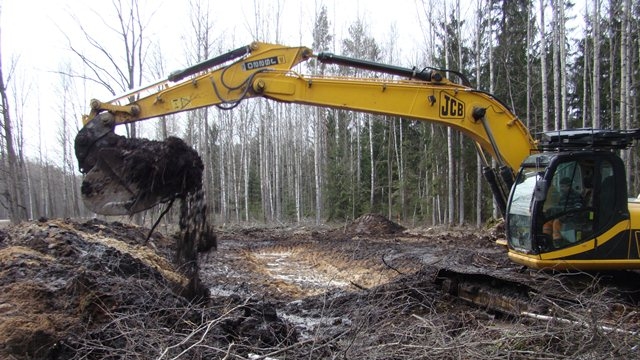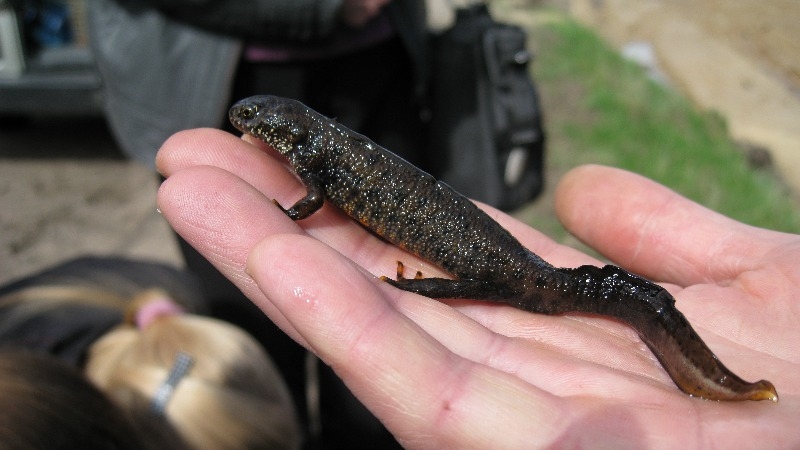Connecting Belarus to the World
Reconstructing the road has been a massive project. Beldortsentr engineer Aleksandr Kononov, who worked on the project, says that planning the 53-kilometer route, redesigning surrounding wild-life areas, consulting the local community, and changing old pipes and cables along the way meant a lot of work and required a lot of financing.
A US$150 million World Bank loan funded the section of the M5 road that connects Pukhovichi to Bobruysk, in central Belarus. The motorway is of significant importance to the people who live near it – approximately 10 percent of Belarus’ population. Economists argue that the road can play an important role in helping poor people to participate in the broader economy.
Kononov says that the road improvements will reduce transport costs for road users by 6 percent and save at least seven lives each year. “We wanted to bring our road in line with the world’s best standards. I hope our drivers will feel that and enjoy travelling by this road – it’s the best of what we, as builders, can hope for.”
The Ministry of Transport is also rolling out electronic tolling of trucks across the national road network, including the M5. To complement this initiative, another new road feature, also supported by the World Bank, will be a “weight-in-motion” system, or WIM, which will be an automated system that monitors truck loads and cargo. With WIM sensors embedded within the road surface of the M5, most heavy vehicles can be screened and assessed as they cruise down the highway. WIM also measures loads at fixed weigh stations and via mobile units: overloaded trucks will be identified, stopped, and fined.
The combination of an electronic toll system and WIM is critical to raising money to help finance the construction of new roads, as well as to maintaining the country’s road network. Preventing over-loaded vehicles from using the roads will also help protect the network from unnecessary deterioration.



